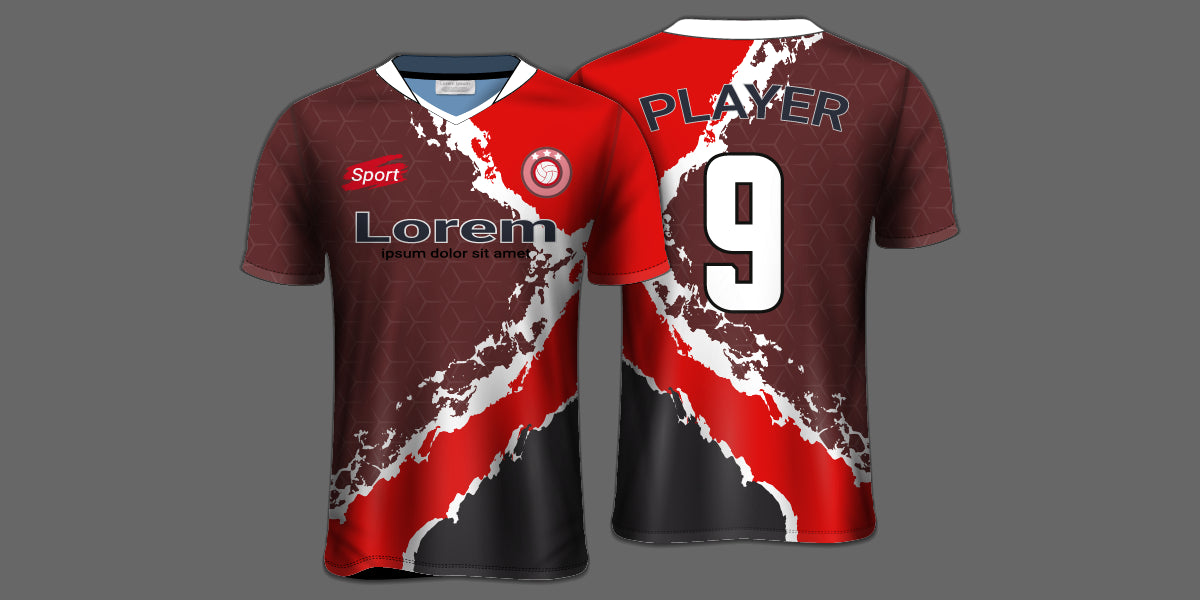
What is Sublimation Printing and How Does it Work?
by Abdullah Ali on Oct 20, 2023Sublimation printing is a versatile and innovative printing method that is widely used for customizing fabrics, ceramics, and other materials. This process allows for vibrant, long-lasting, and detailed prints that are particularly popular in the world of fashion, home decor, and personalized gifts. In this article, we will delve into what sublimation printing is and how it works.
What is Sublimation Printing?
Sublimation printing is a specialized technique that employs heat and pressure to transfer ink onto a substrate. Unlike traditional printing methods, where ink is applied directly to the surface of the material, sublimation printing involves a unique two-step process. The key to this method lies in the transition of ink from a solid to a gaseous state without passing through a liquid phase.
Sublimation Process
1. Ink Transfer: The first step in sublimation printing involves printing a design onto a specific type of transfer paper using sublimation ink. This ink is formulated with dyes that can sublimate, meaning they can transform from a solid directly into a gas when exposed to heat.
This sublimation ink contains special dyes that have the unique ability to transform directly from a solid into a gas when exposed to heat. Unlike conventional inkjet or screen printing inks, which rely on a liquid phase, sublimation inks skip the liquid phase altogether. This is a critical characteristic of sublimation printing and sets it apart from other methods.
2. Heat and Pressure Application: The transfer paper, with the printed design, is then placed onto the target material, such as polyester fabric or a ceramic mug. Both the transfer paper and the material are subjected to high heat and pressure, typically within a heat press machine. This process causes the sublimation ink on the transfer paper to convert into a gas.
The heat press machine, a fundamental tool in sublimation printing, plays a crucial role. It heats the transfer paper and the target material to a temperature that causes the sublimation ink to transform into a gas. The pressure ensures that the transfer paper and the material remain in close contact, allowing the gas to infuse the material.
3. Ink Penetration: In its gaseous state, the ink molecules penetrate the material's surface. This is possible because the fibers of polyester fabric or the polymer coating on ceramics are receptive to the sublimated ink. The gas-infused ink then bonds with the material at a molecular level.
This molecular bonding is a key characteristic of sublimation printing. The ink becomes an integral part of the material, rather than sitting on the surface like some other printing methods. This results in a print that is highly resistant to fading, peeling, or cracking, making it exceptionally durable.
4. Cooling and Solidification: After the ink has permeated the material, the heat press is released, and the substrate is allowed to cool. As it cools, the ink returns to its solid state, now embedded within the material. This integration results in a durable, high-resolution, and full-color print that is resistant to fading, peeling, or cracking.
As the material cools, the sublimation ink transitions back into its solid form, becoming a permanent part of the substrate. It's now embedded within the material's fibers or polymer coating, creating a long-lasting, vibrant, and detailed print.
Advantages of Sublimation Printing
Sublimation printing offers several advantages over conventional printing methods:
Long-lasting Prints: The prints created through sublimation are extremely durable and do not fade or crack over time. This durability is due to the ink becoming an integral part of the material, rather than sitting on the surface.
Vibrant Colors: Sublimation allows for the reproduction of vibrant and full-color designs with exceptional detail. Because the ink is absorbed by the material, it can produce more vibrant and detailed prints compared to surface-level printing methods.
Customization: It is a versatile method that can be used to create highly customized products, from clothing to promotional items. Sublimation is suitable for a wide range of substrates, allowing for customization of various products.
No Texture: Unlike some other printing methods, sublimation printing does not leave behind a noticeable texture on the material, maintaining a smooth and natural feel. This is particularly important for products like clothing, where texture can affect comfort.
Eco-friendly: Sublimation inks are water-based and produce minimal waste, making it an environmentally friendly choice. Water-based inks are less harmful to the environment and produce fewer harmful emissions compared to some solvent-based inks.
Limitations
Despite its many advantages, sublimation printing is not suitable for all materials. It works best on polyester and polymer-coated substrates. Natural fibers like cotton do not readily accept sublimation ink, so this process is not suitable for cotton fabrics.
In conclusion, sublimation printing is a remarkable and versatile printing technique that allows for the creation of high-quality, customized products with vivid and long-lasting designs. Its ability to produce detailed and full-color prints has made it a popular choice in various industries, including fashion, home decor, and promotional products.
Whether you're looking to personalize clothing, mugs, or other items, sublimation printing offers a reliable and professional solution for your printing needs.


